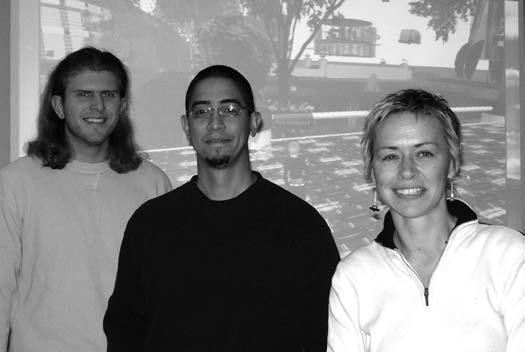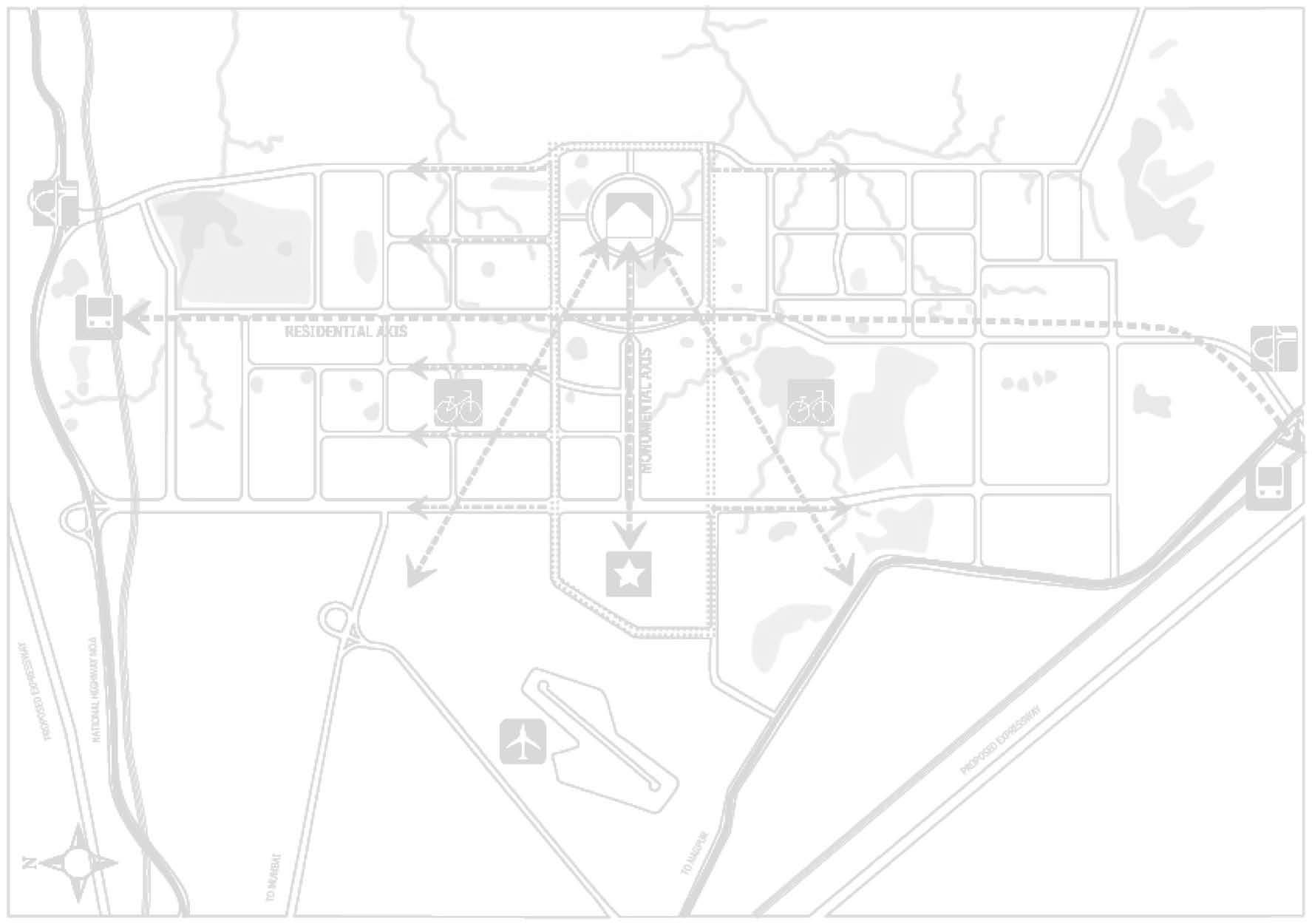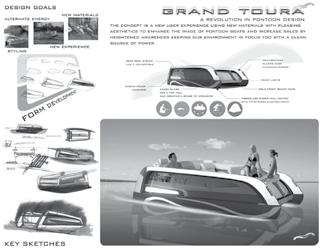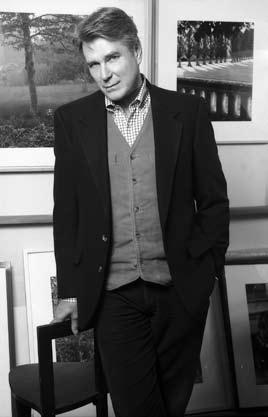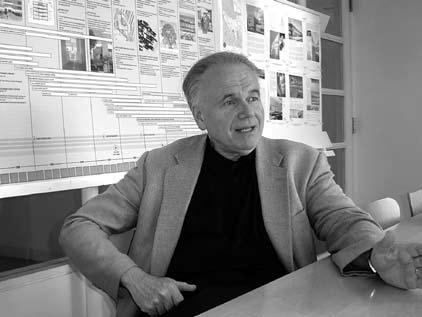
4 minute read
Croxton Excels in Sustainable Design
“Living green” and sustainability are popular terms these days, but environmental design is notanewconceptforRandyCroxton (B.Arch. 1968). After graduating from the School ofArchitecture, Croxton worked in New York Citywith I.M. Pei until 1974, when he partnered with HarryWolf and Marley Carroll (B.Arch. 1962) to found WolfAssociates, New York. In founding Croxton Collaborative Architects in 1978, Croxton says, “I felt at the time that architec ture was dominated by the ‘star’ architect and a style-driven/superficial approach to design. My intention was to build a firm around a collabor ative or team approach and, more importantly, to bring greater meaning and value to the design process by placing issues ofsite, community, environment and client mission first in criteria for design excellence. These deeper and unique insights would then inform the unique design/stylistic expression ofeach project. For our firm, there would be no repetitive ‘signature’ look; each project would be unique to its client, site and natural setting.” Early success came in 1984, with the firm’s receipt ofthe AIA National Honor Award for Design Excellence for the restoration/renovation of the landmark 1928 R.J. Reynolds Tobacco Company Headquarters in downtown Winston-Salem, N.C. Notably, this was completed in collaboration with Hammill-Walter Associates (Lloyd Walter, Jr. –B.Arch. 1960). In 1986, with the commission for the new headquarters ofthe Natural Resources Defense Council (NRDC), a final evolution ofthose principles emerged that has guided the work ofthe firm to this day. NRDC
challenged Croxton to produce a breakthrough project that exemplified resourcefulness at all levels: energy, air quality, human health and well
Advertisement
being, productivity, design excellence and to achieve it all at a market-rate
budget and schedule. The project that emerged achieved a 500 percent
increase in the amount ofoutside air provided per person (over the then American Society for Heating, Refrigeration and Air-conditioning Engineers’ standard), cut energy consumption by 50 percent over code
compliant standards and created the first true ‘ecologically informed’
project ofthe modern era 1 . NRDC (1988) and Audubon House (1992) (the
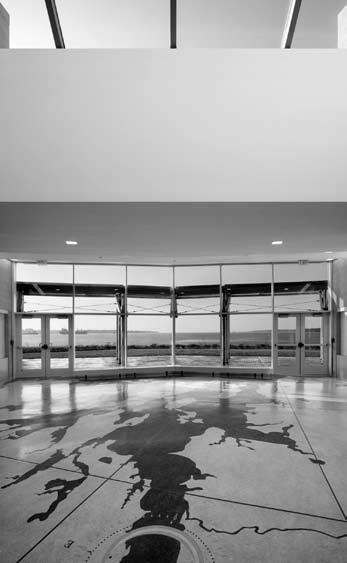
first whole building system to incorporate these principles) are recognized as the “foundational projects” ofGreen Architecture in America. Audubon House was featured as a PBS special and as a book (co-authored by Croxton) published by John Wiley and Sons, which fully documented this newand deeplyresourceful approach to high-performance architecture/interior design. In the same period, 1990/1991, Croxton participated in the conceptual organization and formation ofthe new AIA Committee on the Environment (COTE) and, while serving on the National Board ofthe AIA from 1991-1994, was Board Liaison to COTE. Internationally, Croxton represented both the
The Bay Education Center’s lobby floor features a lasercut linoleum floor map of Narragansett Bay.
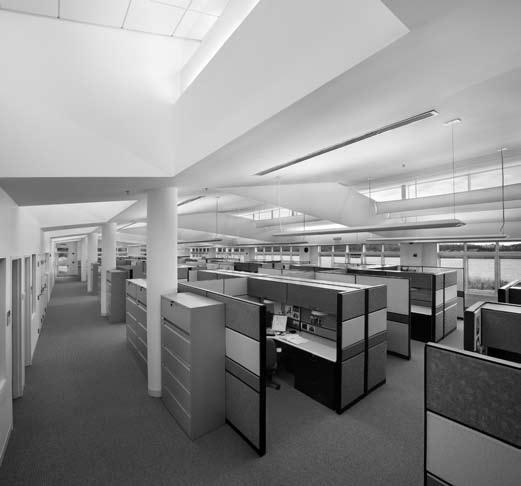
The Bay Education Center’s three-tiered design in the administrative wing (left) maximizes daylight and features light “sails” (right) to reflect light to the ceiling and diffuse light into workstations.
AIA and the International Union ofArchitects (UIA) in the Preparatory Committee (PREP COMM) meetings at the United Nations in New York City prior to the Earth Summit in Rio de Janeiro in the summer of
1992. The core issue under negotiations was the Agenda 21 section on
“Human Settlements” and how to define/incorporate the new concept ofSustainability 2 . Croxton was invited and presented Audubon House,
as an exemplar ofsustainability, at both the U.N. Earth Summit in 1992 and the U.N. Social Summit in Copenhagen in 1995.
Importantly, Croxton also developed “metrics,” or measures of sustainability, which were presented at Rio de Janeiro in 1992 and formally incorporated in the first two National Institute ofStandards and Technology (NIST) National Green Demonstration Projects completed by Croxton Collaborative in 1994. These models preceded the U.S. Green Building Council’s (USGBC) LEED 1.0 program by five years. Croxton was active in the conceptual organization and formation ofthe USGBC and delivered the first Pioneer ofGreen Design lecture at the USGBC National Convention in 2006. For the last three consecutive years (2005-2007) Croxton Collaborative Architects has won the profession’s highest award for sustainable design excellence, the National AIA COTE Top Ten Green Projects award. The firm was the primary author for the Sustainable Design Guidelines and Reference Manual for the redevelopment ofthe World Trade Center in New York City. In addition, they have received the 2004 EPA Region Two Environmental Quality Award for Leadership, the 2005 USGBC National Leadership Award, the 2005 EPA Region One Phoenix Award for Outstanding Brownfield Redevelopment, and the first Annual Sustainability Award given by the City ofPhiladelphia in 2007. Croxton’s course “Architecture and Sustainability,” taughtatHarvard’s Graduate School ofDesign in the Executive Education Program, is entering its 14th year and Croxton continues to lecture nationallyand internationally. The newMinistryofTourism Offices, an office complexof250,000 square feet in Riyadh, Saudi Arabia, designed byCroxton Collaborative and located in the Diplomatic Quarter, was just fully occupied in December 2007. Looking back on his formative years at the then-School ofDesign, Croxton admits that it was many years past graduation that he attended school’s 50th Anniversary and fully understood Dean Kamphoefner’s conscious strategy ofselecting strong, individualistic and innovative faculty. “The students’ impression may have been one ofbeing pushed and pulled and having to defend many points ofview, however, I feel that whatever levels ofinnovation or reconsideration I have been able to achieve in my career have been fundamentally facilitated by that experience,” says Croxton.
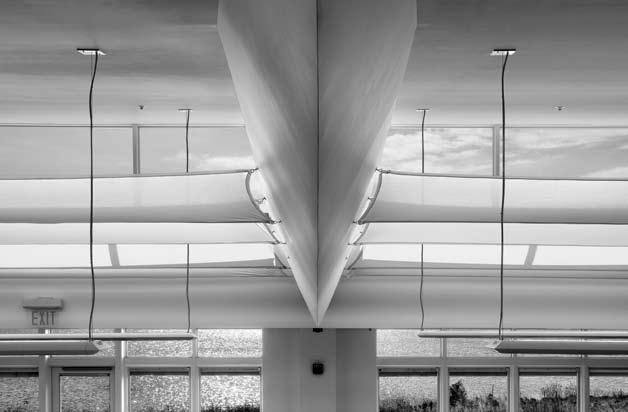
1 Climate = seasonal heating and cooling required. Building Type = commercial office building. 2 Sustainability is a concept first articulated in the United Nations Brundtland Commission Report: “Our Common Future” 1987.

